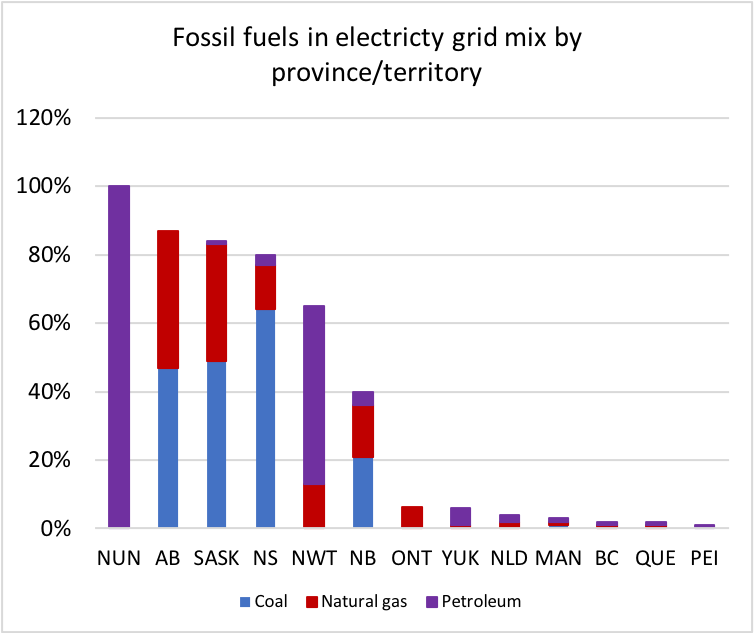Module 2: Transition Risks
Carbon Policy Relevant Sectors
Battiston et al (2017) used the term “carbon policy relevant sectors” to describe sectors of the economy that are particularly vulnerable to changes in carbon policy (such as the introduction or rapid increase of a carbon tax, or regulations prohibiting extraction or use of certain resources). These sectors are particularly important in assessing climate transition risks, since—under business-as-usual—they are the sectors that are likely to experience the most negative impacts of climate policy.
To determine which sectors are climate policy-relevant, analysts typically use three main criteria (see Battiston, 2017, 2020):
- The extent to which a sector contributes directly and/or indirectly to GHG emissions;
- The sector’s sensitivity to the cost implications of climate policy (e.g., energy-intensive sectors whose international competitiveness would diminish under certain climate policies, like stringent carbon taxes);
- The role, if any, that the sector plays in the climate value chain.
Using these criteria, Battiston et al. have identified five broad carbon policy relevant sectors:
Fossil Fuels
This is likely the most relevant sector, insofar as the business model within the sector necessarily includes revenues derived from fossil fuel extraction and refining. Though individual oil and gas companies have adaptation options—such as divestiture of oil reserves and reinvestment in alternative energy—the sector as a whole cannot diversify against it transition risks.
Utilities
Electrical utility companies may have significant exposure to climate policy depending on their dependence on combustion of fossil fuels for electricity generation. Those that do use fossil fuels extensively will be vulnerable to policies that affect the fuel inputs. Figure 1, below, shows the level of dependence on fossil fuels for electricity generation in each Canadian province and territory.
Source: The main electricity sources in Canada by province. Energyrates.ca. https://energyrates.ca/the-main-electricity-sources-in-canada-by-province/ This image is copyright © 2021 energyrates.ca
Energy-intensive sectors
Primarily, it is manufacturing and some mining that falls under this category. This sector is included as a climate policy relevant sector because of its vulnerability to energy prices.
The EU has prepared a list of energy-intensive sectors that it deems at high risk for “carbon leakage” when exposed to policies like carbon tax. Carbon leakage occurs when production shift from a country with high emissions charges to a country with more lenient policies, due to an inability to compete with imported substitutes when high carbon prices are imposed. The EU list provides a good sense of the range of sector that fall under this category. The list is available here.
Other energy-dependent sectors
Transportation, buildings (including construction and maintenance), agriculture, forestry and fisheries are also included in the list of climate policy relevant sectors, due to their vulnerability to changes in carbon prices that affect the price of fuel inputs.
Unlike the energy-intensive sectors in manufacturing and mining which are dependent on the electricity grid and therefore unable to diversify away from fossil fuels (unless their electricity providers do so), these other energy-dependent sectors do have some capability to diversify away from fossil fuels. In the transportation sector, for example, adaptation can include switching to hydrogen fuel-cell electric vehicles (FCEV). Agriculture can switch to organic fertilizers and away from the commercial nitrogen fertilizers that account for a significant percentage of the energy use at a conventional farm.


